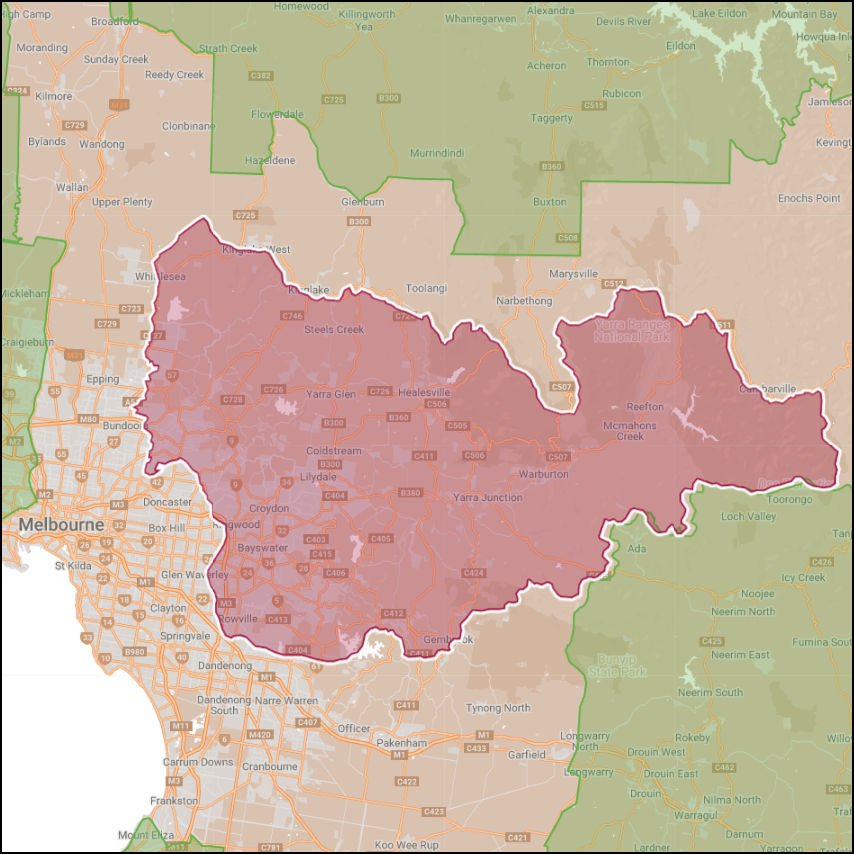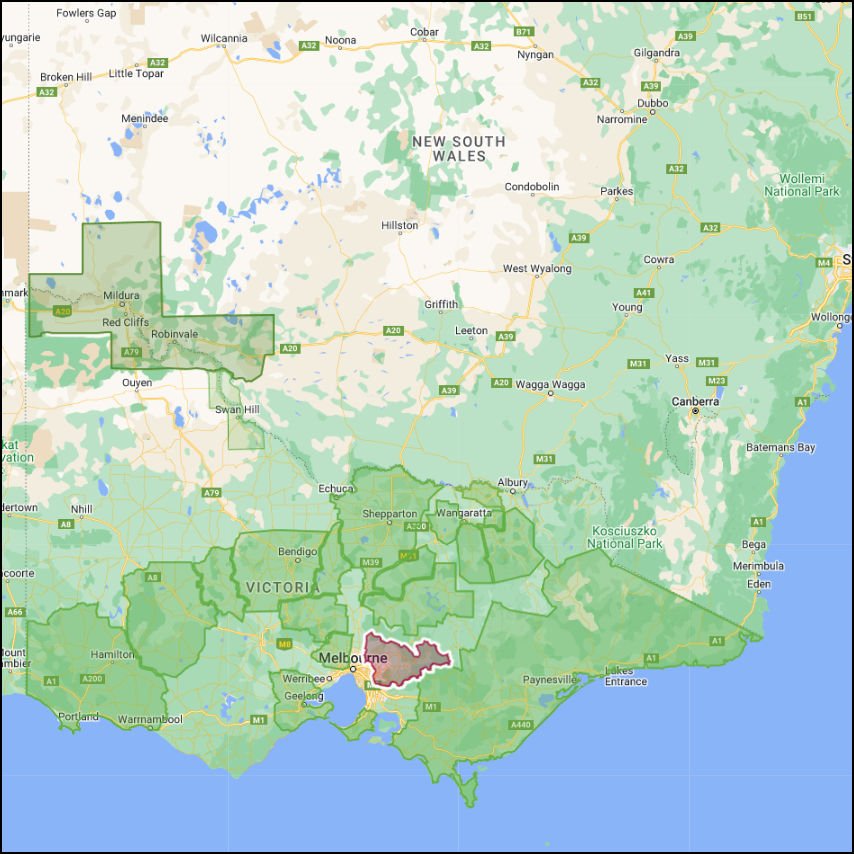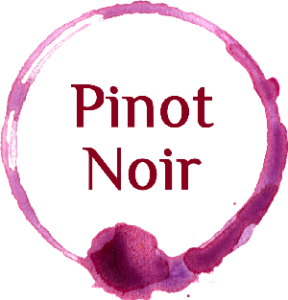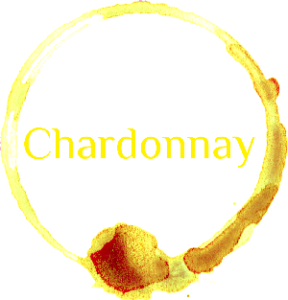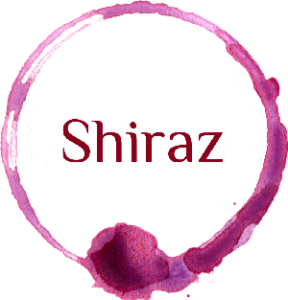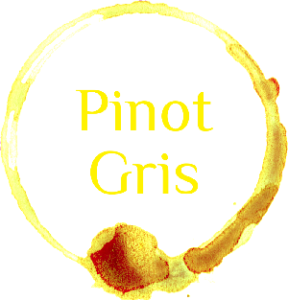The Yarra Valley wine region forms part of Victoria’s Port Philip wine zone. The zone horseshoes around the state’s capital, Melbourne, and is shared with Mornington Peninsula, Geelong, Macedon Ranges and Sunbury. Only an hour’s drive from the heart of Melbourne, it is highly accessible for a long weekend for interstate visitors. The region has one of the lowest mean January temperatures of the Victorian wine regions (18.9℃), making it a definite cool climate region. It is one of Victoria’s oldest region, with the first plantings at Yering Station in 1838.
The westernmost point of the region is Whittlesea, north to Kinglake, east to Mount Gregory and south to Gembrook. The Great Dividing Range borders it to the north and the Dandenong Ranges to the south. The region is divided into two distinct subregions, the Valley Floor and the Upper Yarra. Each has distinct altitudes, soils, rainfall and climates.
With over 100 wineries, there’s something for everyone in this cool region.
Top Stats
Harvest
Early Mar to ealry May
Mean Jan temperature
19°C
Area of Vine
2,837 hectares
Altitude
17 – 1338m
Growing season rainfall
559mm
Principal Varietals
No prizes for guessing, but Yarra Valley is synonymous with Pinot Noir, and this single varietal accounted for 36% of the crush in 2019. The region is a pioneer for modern Pinot Noir, which is exceptionally food-friendly with strawberry, cherry and plum flavours.
Chardonnay is another extensively grown grape in the region, with 28% of the crush in 2019. Many showing distinctive regional characters of melon, fig and white peach, the Yarra produces many styles of Chardonnay. They are, however, all typically elegant and fresh with citrusy acidity. Quality wines can be aged for five years or more.
Much smaller quantities of Shiraz 9%, Cabernet Sauvignon 8% and Pinot Gris 4% are produced and show the scale of the dominance of Pinot Noir and Chardonnay.
Red varietals made up 55% of the wines from Yarra in 2019, with whites 45%.
Notable Varietals
Whilst the Yarra Valley certainly sticks to what it does best in the five main varietals, you will see pockets of Sauvignon Blanc, Merlot, Riesling, and Cabernet Merlot. Whilst the mass volume of wine in the region is from the classic varietals, you will find a growing number of wineries showcasing varietals like Marsanne, Vermentino, Nebbiolo and Gewurztraminer
Source: www.wineaustralia.com, Photo Credit


